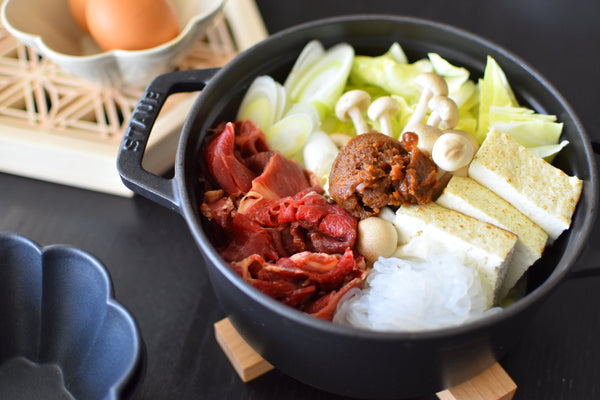
How to Make Sakura Nabe (Japanese Horse Meat Hotpot Recipe)
Sakura nabe is a traditional Japanese hotpot featuring horse meat, affectionately called sakura for its light pink hue reminiscent of cherry blossoms. This dish, which originated during the Meiji era in Tokyo’s Yoshiwara district, was once a local favorite, much like fast food today. While it has become a rarity in modern times, a few specialty restaurants in Japan still honor its legacy.
Interestingly, the term sakura as a metaphor for horse meat dates back to times when eating meat was frowned upon, prompting the use of poetic aliases like “botan” (peony) for boar and momiji (maple) for venison. While horse meat might seem unusual to some, it’s rich in protein and iron yet low in fat, making it a popular choice among health-conscious eaters in regions like Kumamoto.
It also has no strong odor or gamey flavor. Its neutral taste pairs beautifully with savory sauces, and its melty texture makes it uniquely satisfying. To preserve this texture, it’s important to cook horse meat only briefly, as it becomes firmer when overheated.
The flavor of sakura nabe is similar to sukiyaki, but what sets it apart is Edo-ama Miso, a blend of hatcho miso and shiro miso that offers mild sweetness without the overpowering saltiness. This historic miso blend is essential to the dish and was originally developed under the order of Tokugawa Ieyasu himself. Its availability is limited, making it a culinary treasure.
The dish typically includes ingredients like grilled tofu, konjac noodles (shirataki), cabbage, mushrooms, burdock root, and Japanese leek. These are simmered with the warishita sauce until tender. The thin slices of horse meat are added toward the end of cooking to ensure they remain tender and juicy, overcooking will toughen them.
Just like sukiyaki, sakura nabe is traditionally enjoyed by dipping the cooked meat and vegetables into raw beaten egg, adding an extra layer of richness and texture.
Sakura nabe fits beautifully within Japan’s broader hotpot tradition, which includes many comforting and regional variations like motsunabe (offal hotpot from Fukuoka), kimchi gyoza nabe (Korean-inspired hotpot with dumplings), chanko nabe (hearty stew favored by sumo wrestlers), and classic nabe for everyday family meals.
Whether you’re enjoying this dish for cultural exploration or just craving something deeply savory and nostalgic, sakura nabe is a hearty, healthful dish you’ll want to try at least once in Japan.
Overview
Prep time: 5 mins
Cook time: 15 mins
Total time: 20 mins
Total servings: 2
Difficulty: Easy
Ingredients
- 200g thinly sliced horse meat (fillet or round recommended)
- 150g cabbage
- 20g burdock root
- 100g konjac noodles (shirataki)
- 60g shimeji mushrooms
- 50g Japanese leek
- 150g grilled tofu
- 1 Tbsp cooking oil
- 80ml soy sauce (for the warishita sauce)
- 80ml mirin (for the warishita sauce)
- 80ml cooking sake (for the warishita sauce)
- 40g sugar (for the warishita sauce)
- 30g Edo-ama miso (for the topping; do not substitute with regular miso)
- 2 eggs (for the topping)
Expert's Tip
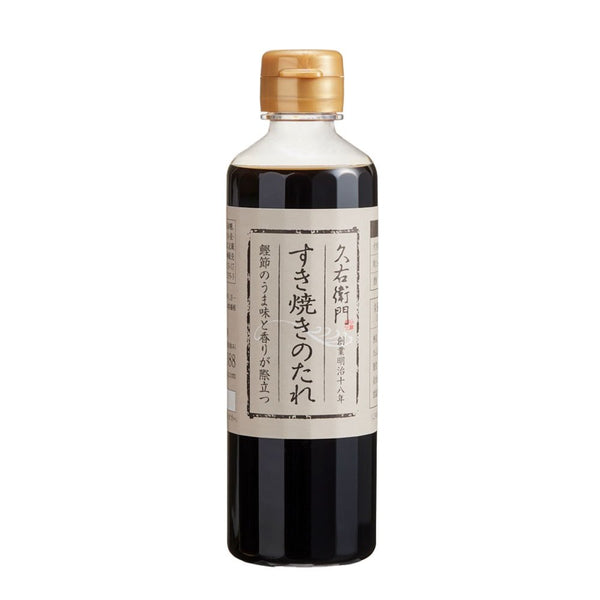
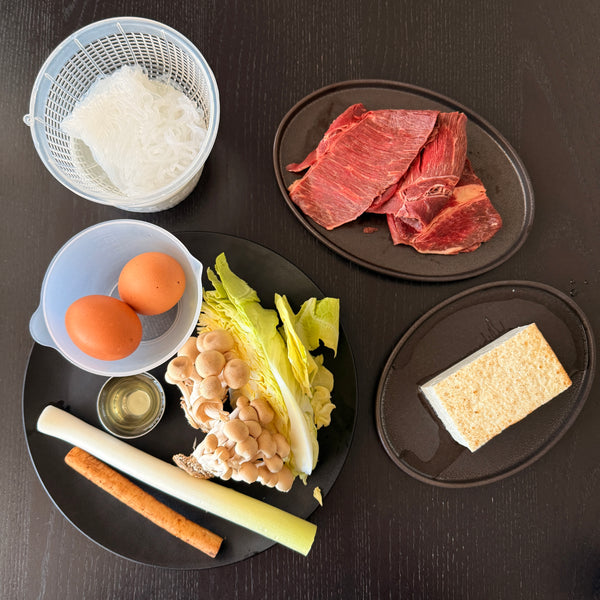

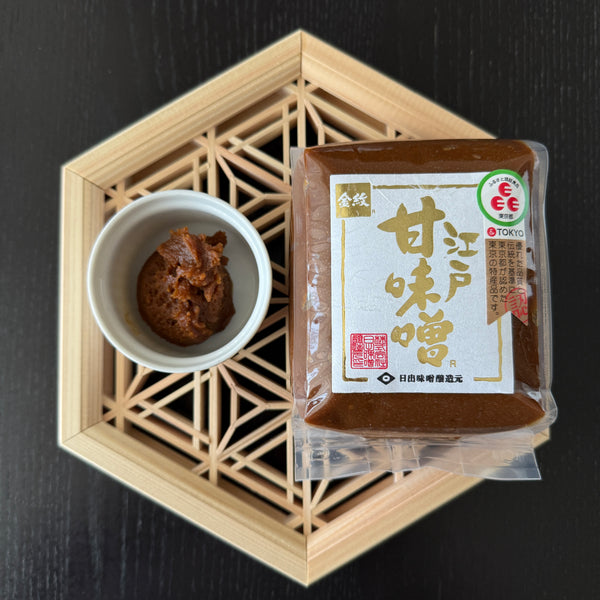
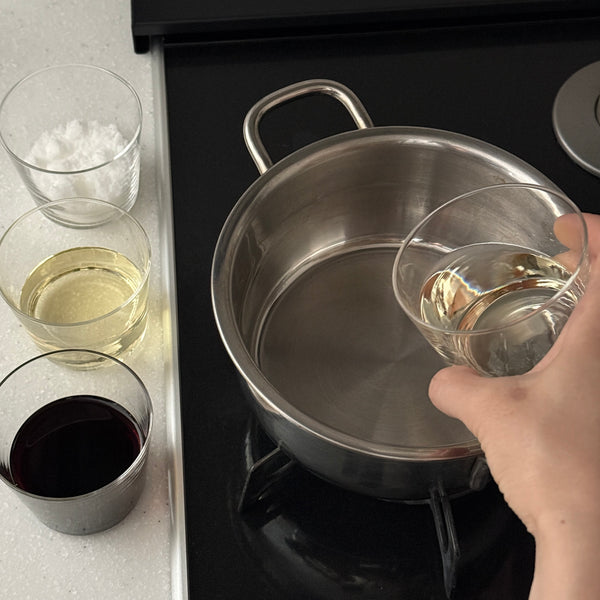

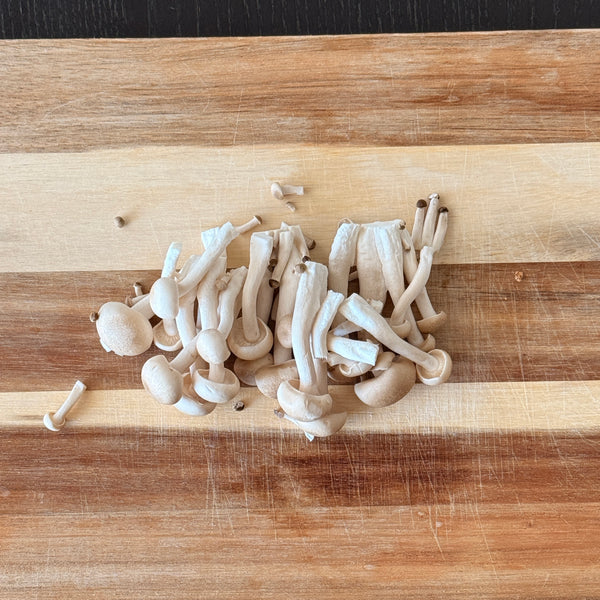

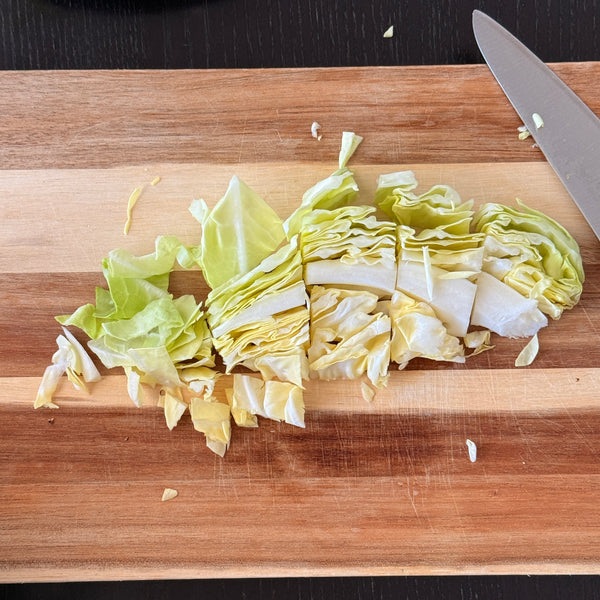
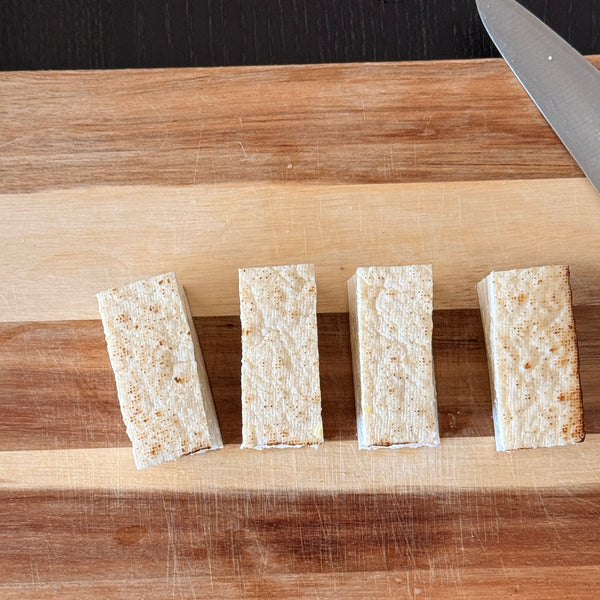
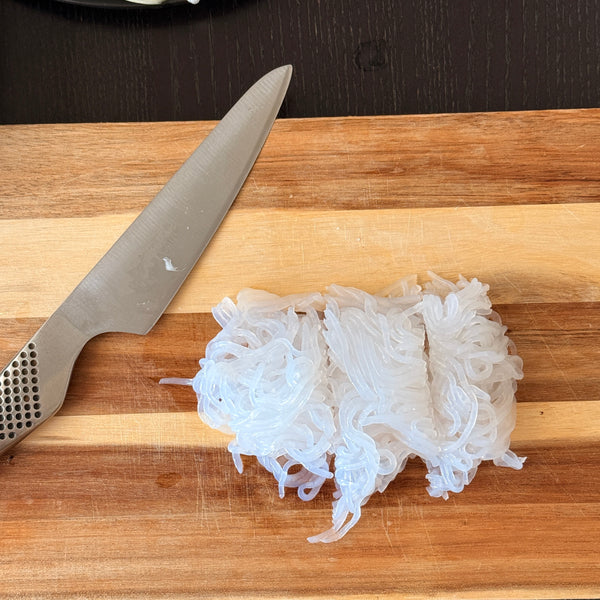

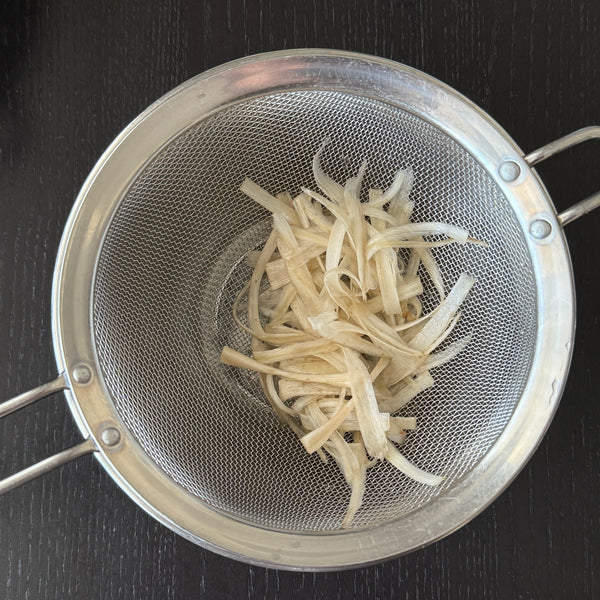
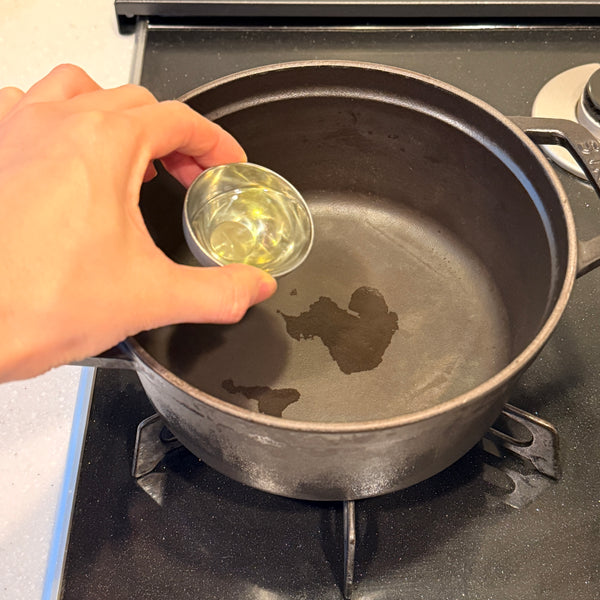
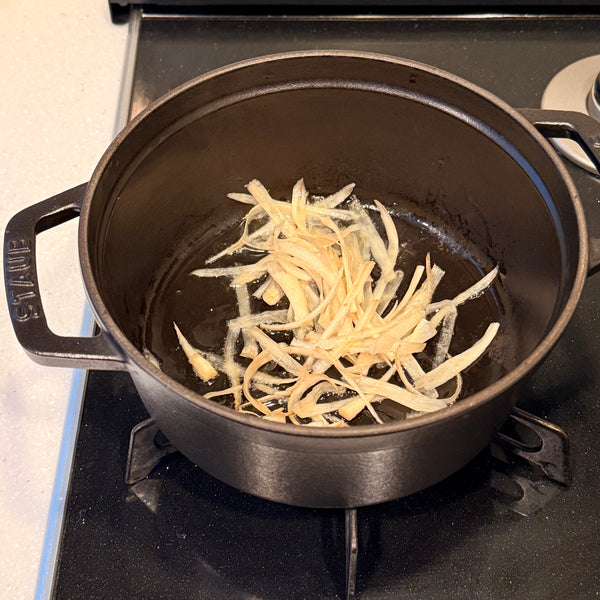



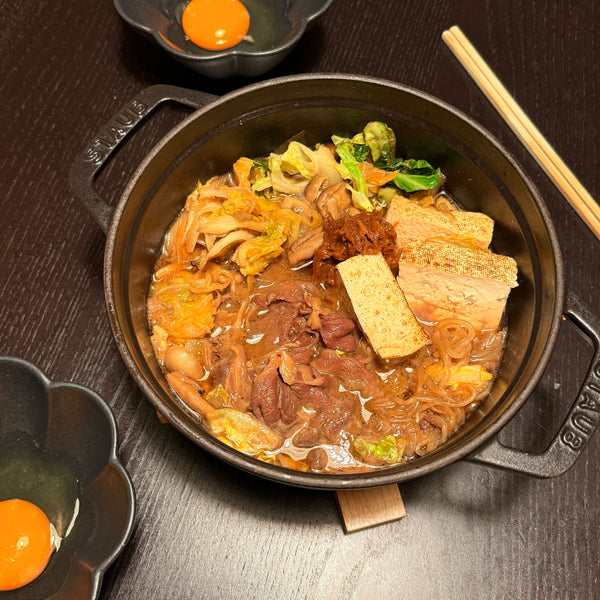

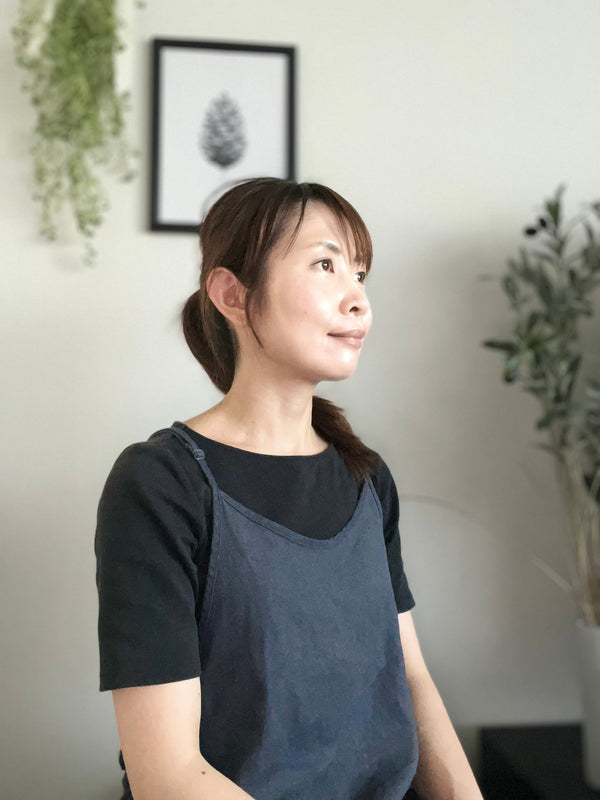
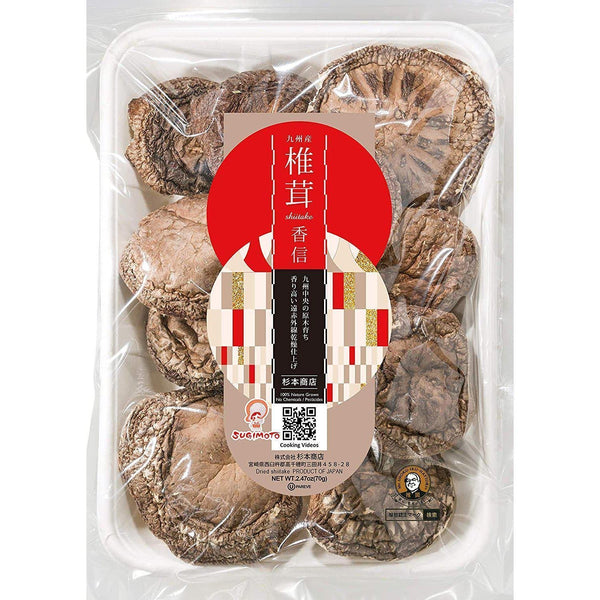

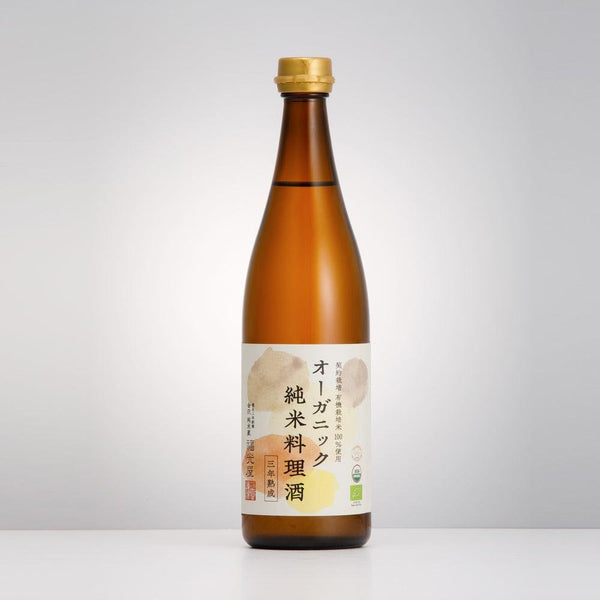
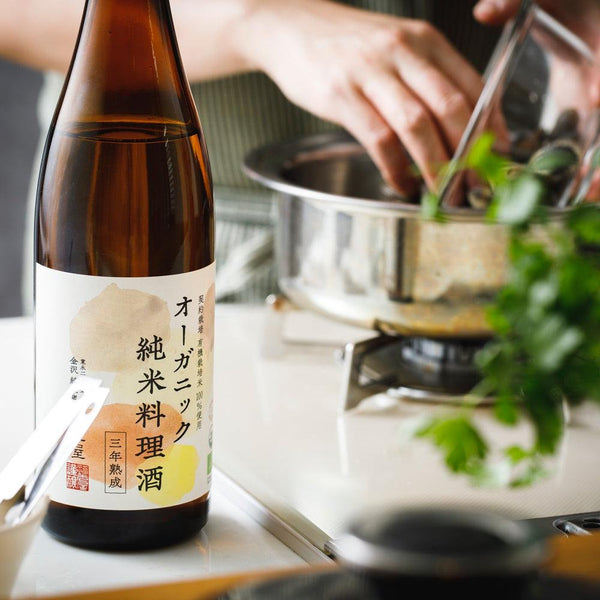
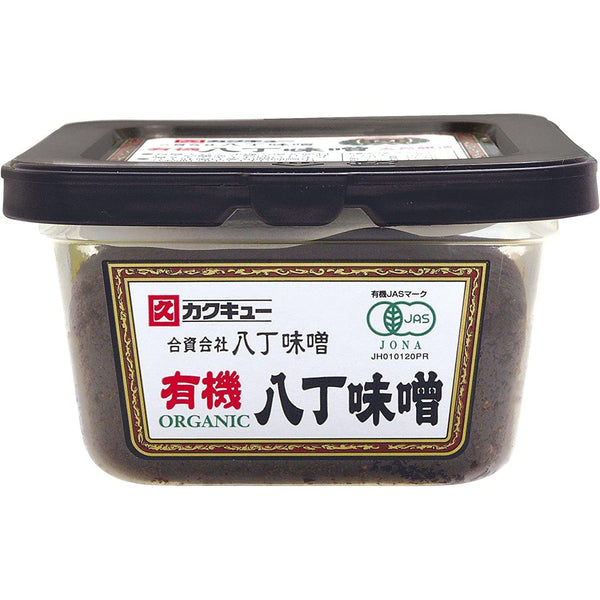

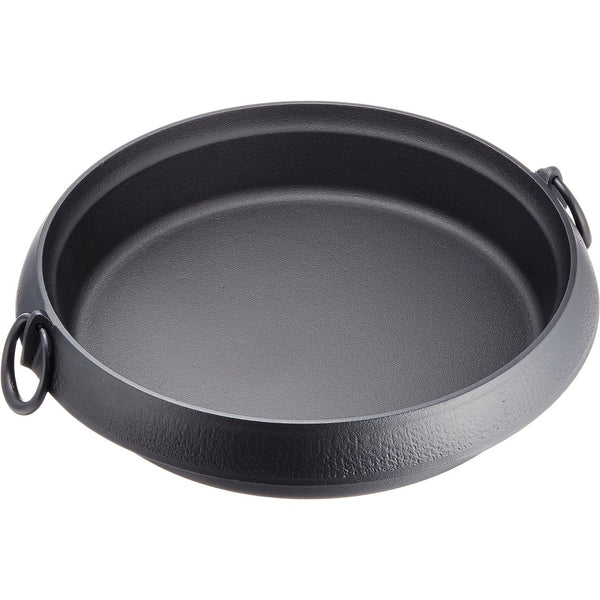
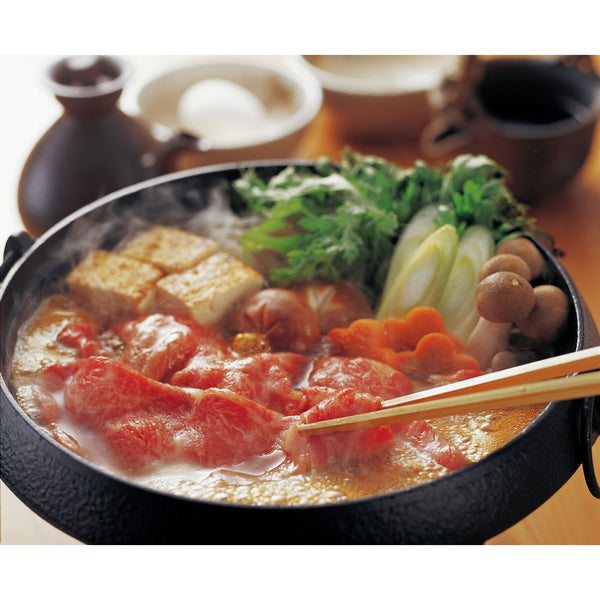
0 comments